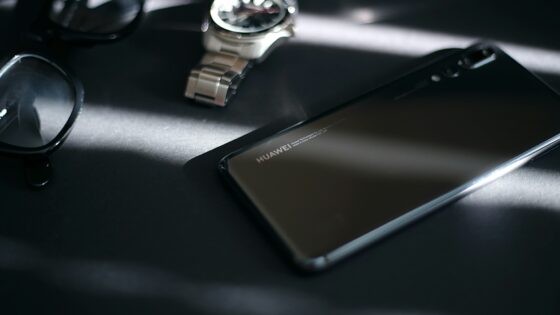
Credit: Walden Kirsch/Intel Corporation
A special chip can mimic the brain’s olfactory senses.
I’m not going to claim I understand how the human nose works. We pick up some particles in our schnozes, and our brain’s all like “yep, someone farted.” I’ll tell you this, though: having a sense of smell is a valuable thing, because it can tell you when something hazardous is nearby, even when you can’t see it. Of course, the downside to smelling hazardous chemicals is that if you’re breathing them, you’re probably already in trouble. It’s too bad we can’t just have a computer detect smells for us. Or can we?
In a collaborative effort between the Intel Corporation and Cornell University, researchers have developed a special computer system that can actually detect and identify different chemicals based on their smells. In other words, they invented an electronic nose. The key to this system is Intel’s neuromorphic chip, Loihi. If you didn’t know (and I didn’t until recently), neuromorphic computing refers to computational systems designed to mimic the functions of the human brain.

Credit: Rambus
Using the Loihi chip, the system can quickly parse information it receives from an array of chemical sensors by employing a special algorithm derived from neuroscience. “But,” you may wonder, “if chemical sensors are already a thing, what’s the big deal?” The difference between the electronic nose and previous chemical sensors is that the electronic nose requires little-to-no training. Chemical sensors need to be exposed to a bevy of samples to get a sense of what’s what, but the nose, thanks to its neuromorphic tech, can learn on the fly, picking up new smells one after the other without needing a large sample size.
What’s the application of this? As I mentioned, security and hazard technicians could definitely benefit from an electronic nose in situations where it’s not safe to breathe freely. If researchers could compartmentalize it a little more, you could even build one into your phone. Not sure why you’d want to, but you could totally do it.































